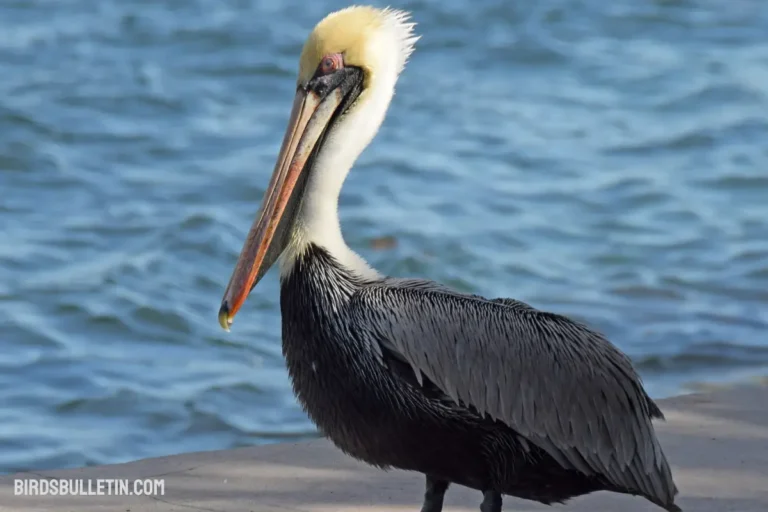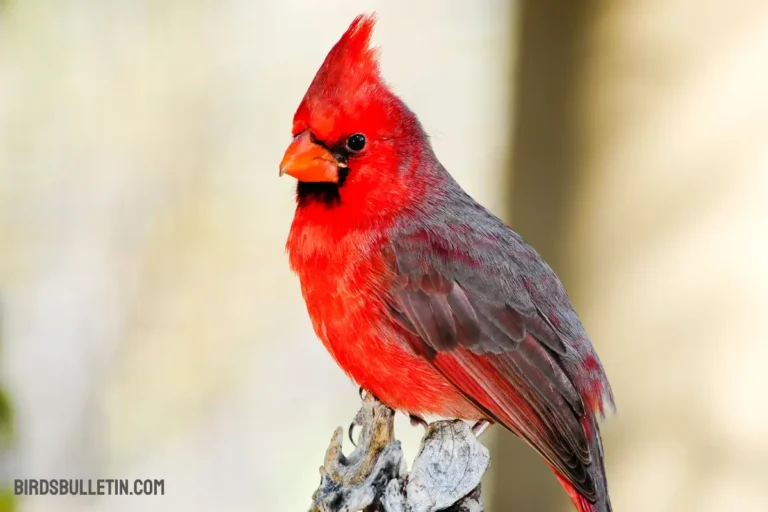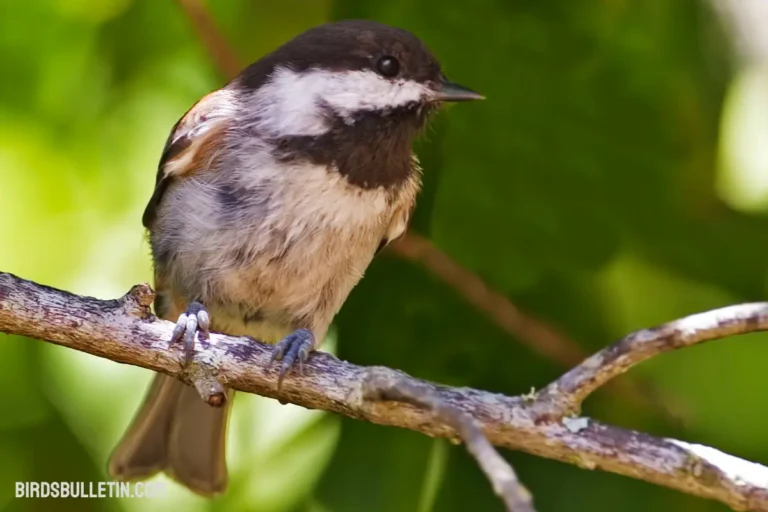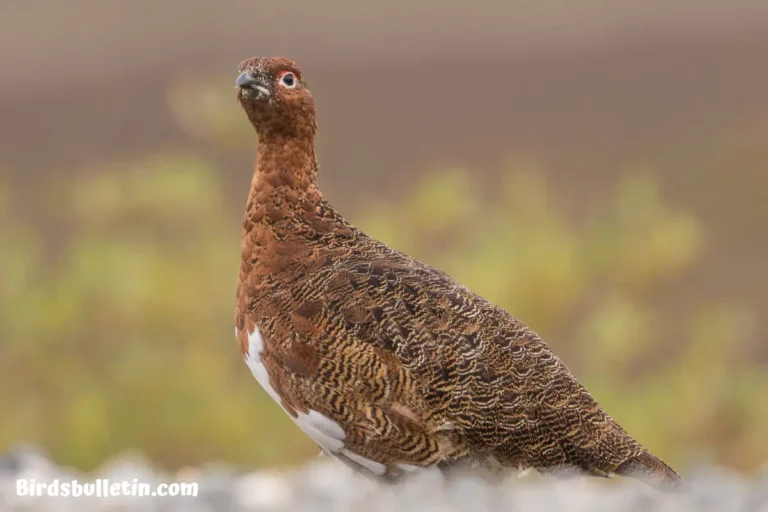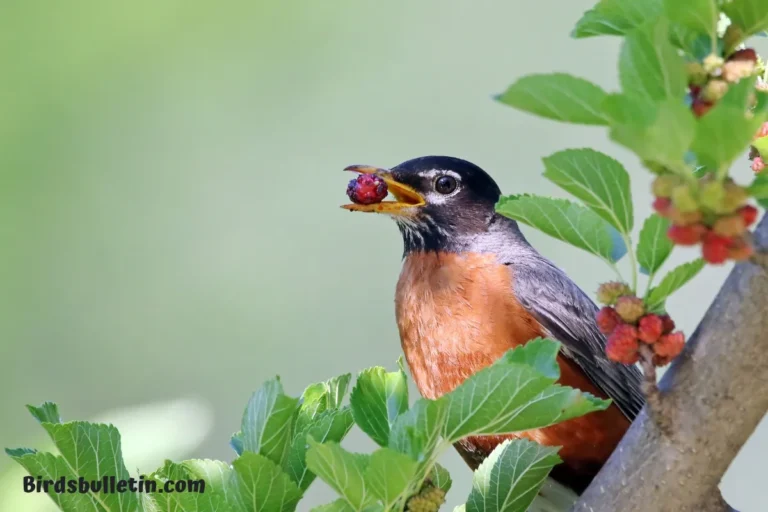Lagopus Lagopus Alascensis Overview
Scientific Classification
The Alascensis willow ptarmigan is a subspecies of willow ptarmigan scientifically classified as:
- Kingdom: Animalia
- Phylum: Chordata
- Class: Aves
- Order: Galliformes
- Family: Phasianidae
- Genus: Lagopus
- Species: Lagopus
- Subspecies: Alascensis (Swarth, 1926)
Looking for more overview about bird subspecies:
Identification
This beautiful bird commonly known as the Alaskan willow ptarmigan is a noticeable subspecies of the willow ptarmigan. Its characteristics include:
- Size: Medium-sized bird with a length of approximately 14 to 17 inches (35 to 44 cm).
- Plumage: During winter, it displays a white plumage to blend with the snow, while in summer, it transitions to a mottled brown and white pattern, providing camouflage in its environment.
- Tail: Short, round tail, characteristic of the willow ptarmigan species.
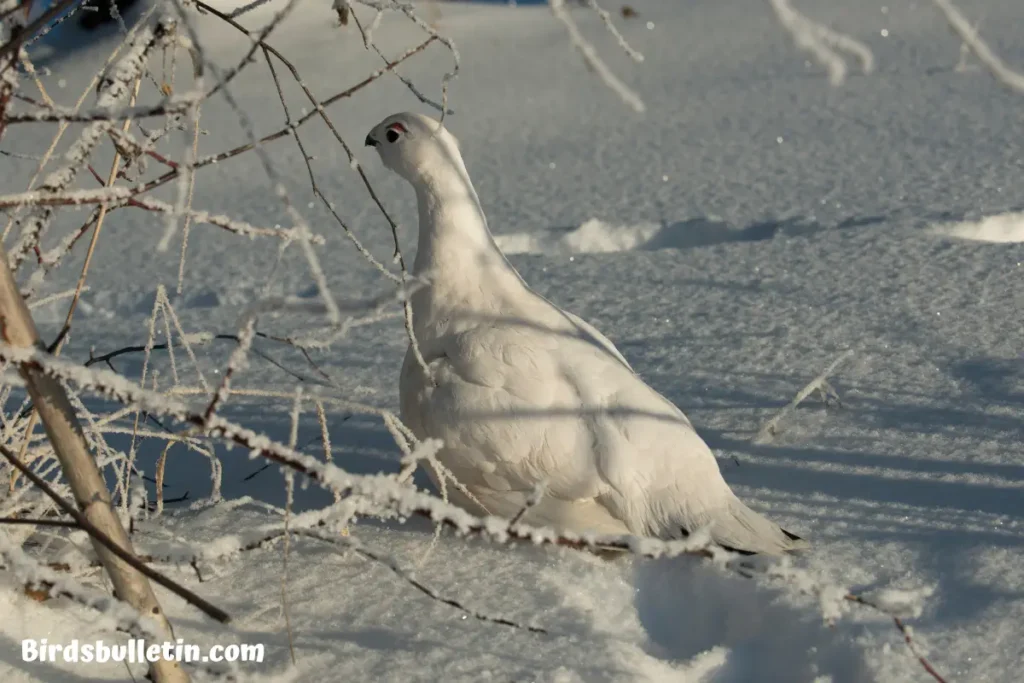
Location
This subspecies inhabits Alaska, distributed across the mainland as well as Kodiak and other Aleutian Islands. It occupies alpine and arctic tundra, treesline habitat, and shrublands.
Unique Traits
Winter Camouflage: One of its distinctive traits is its white winter plumage, enabling effective camouflage against snow, and protecting it from predators and harsh weather conditions.
Seasonal Adaptations: Alaskan willow ptarmigans exhibit a remarkable ability to change their plumage coloration with the seasons. This adaptation aids in both predation avoidance and mating displays.
High Altitude Resilience: This subspecies showcases resilience in high-altitude environments, often seen in mountainous regions, and is well-adapted to survive in the challenging conditions of the Alaskan wilderness.
Frequently Ask Questions
01. What is the diet of the Alaskan willow ptarmigan?
The diet of Lagopus Alascensis primarily consists of buds, leaves, flowers, and fruits of various Arctic and alpine plants. During winter, they also consume twigs and bark, displaying dietary flexibility based on seasonal food availability.
02. How does the Alaskan willow ptarmigan protect itself from predators?
Apart from its excellent camouflage, Alaskan willow ptarmigans rely on their swift flight as a primary defense mechanism. When threatened, they take off swiftly, utilizing their strong wing muscles to escape from potential predators, such as birds of prey and foxes.
03. Does the Alaskan willow ptarmigan migrate during harsh winters?
Some willow ptarmigan subspecies migrate to lower altitudes or more temperate regions during severe winters, this bird is well-adapted to endure Alaska’s winter conditions. Their specialized winter plumage and ability to find food sources enable them to stay in their habitats throughout the year.
Summary
A cryptically plumaged grouse is distributed widely across Alaska’s treeless arctic and alpine zones. It has feathered legs to cope with snowy conditions. This subspecies exhibits an array of seasonal plumages from mottled brown in summer to all white in winter.


